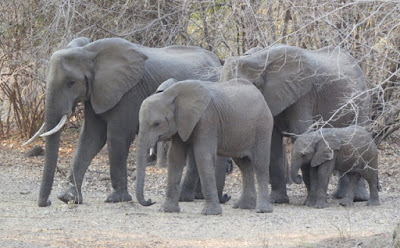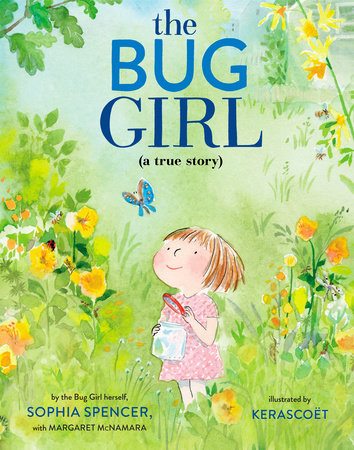By Margriet Ruurs
photos by Margriet Ruurs
If you visit Africa, you need to go on safari!
So when I toured international schools across Africa, I knew I’d want to see wildlife in the place where it belongs: the vast wilderness of the African continent.
Driving across the Serengeti I spotted a lion crouched low in the grass – both painted orange by the rising sun.
Seeing a white rhino in the Ngorogoro Crater was iconic and drove home the need to preserve this natural legacy for generations to come.
But perhaps the highlight was a visit to Zambia’s National Parks. Wildlife in Zambia is abundant. Even on the ride from the tiny airport to the lodge in a National Park, we saw the "big five" and more. Africa's big five animals include lions, leopards, elephants, African buffalo, and rhinoceros.
During a walking safari, we learned about reading tracks and other signs. “A cheetah walked here about two hours ago, carrying an impala,” our guide would ‘read’ with confidence. But he also told us about poachers and how elephant populations are dwindling. We met with a poacher to hear his side of the story. And ended up financing a system whereby poachers who have served a jail sentence wear ankle bracelets that allow for tracking them to make sure they don’t sneak off again during the night.
And then we met Aaron. A young man who grew up in a poaching community, he explained how his family went hungry as herds of elephants came through his village, trampling rice crops and eating the mangos. How poaching allowed for a bit of income in a place without jobs. And how he had never known that elephants would be endangered. He had been forced to drop out of school to help his family’s income. Elephants were the enemy.
 |
| At the elephant orphanage, elephants bond into new families. |
But one day, Aaron was involved in the rescue of a baby elephant at the resort where he had a menial job. That’s when he met people working for Game Rangers International and the Lilyai Elephant Orphanage outside Lusaka, Zambia.
“I thought there was black magic involved,” Aaron said when he first saw people working with elephants. But, upon visiting the orphanage to check up on the rescued baby, he not only learned about their work but was offered a job. Now Aaron is a skilled elephant caretaker who helps to save the lives of young, orphaned elephants who will later be released into the wild again. He also speaks to Zambian youths in schools about the need for preservation. “Tourists bring more resources than poaching,” he now knows.
You can read many more details about this true story in:
The Elephant Keeper, Caring For Orphaned Elephants in Zambia
by Margriet Ruurs
Kids Can Press
ISBN 978-1771385619
The book encourages schools and individuals to ‘adopt’ an orphaned elephant.
Check this website for details: https://www.gamerangersinternational.org








